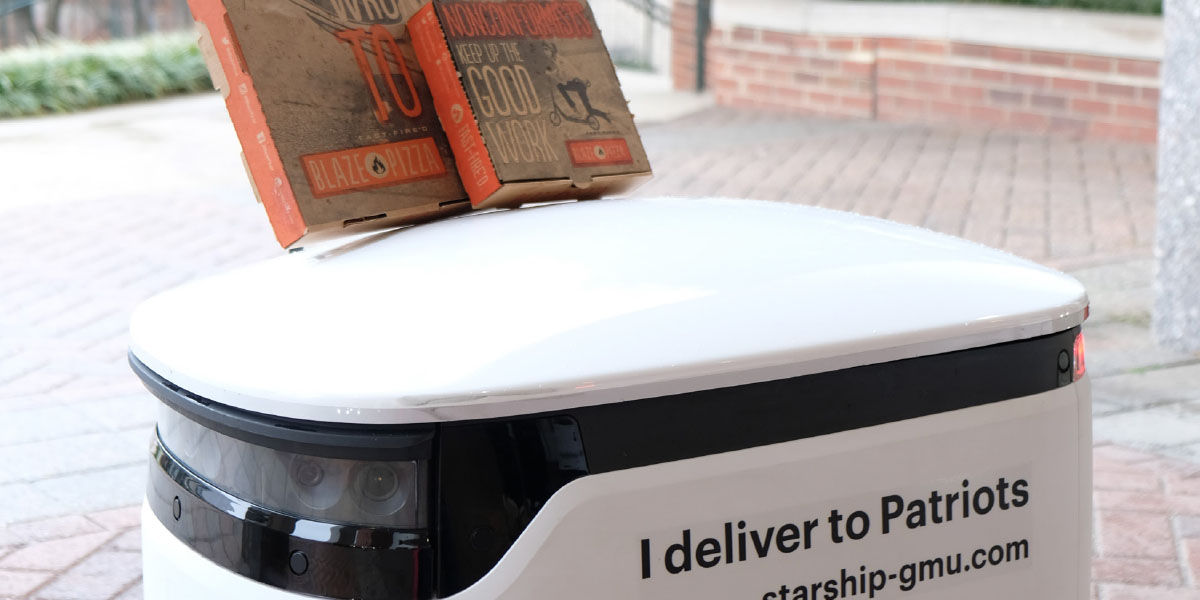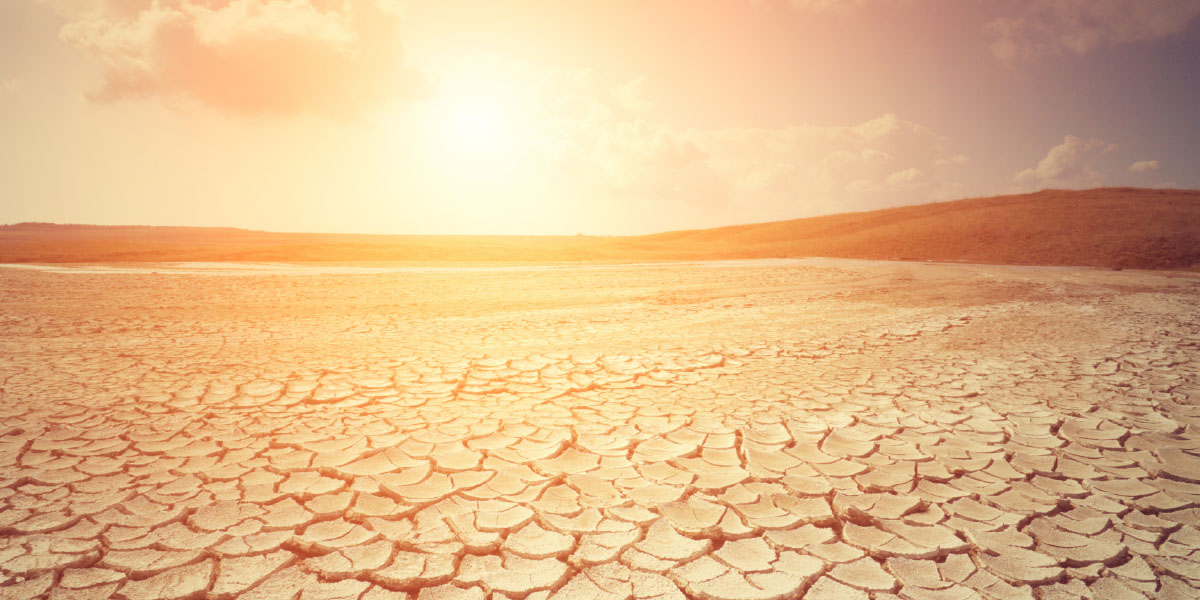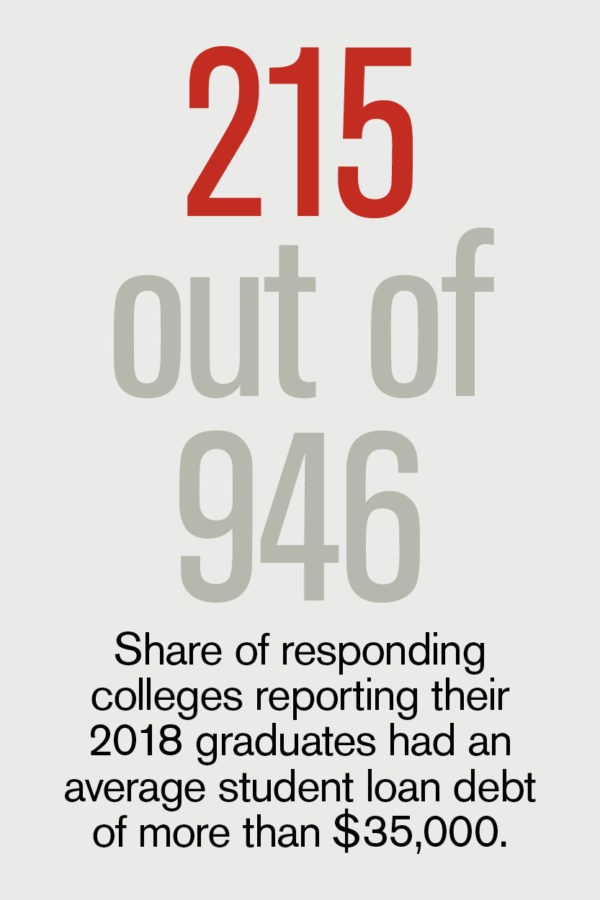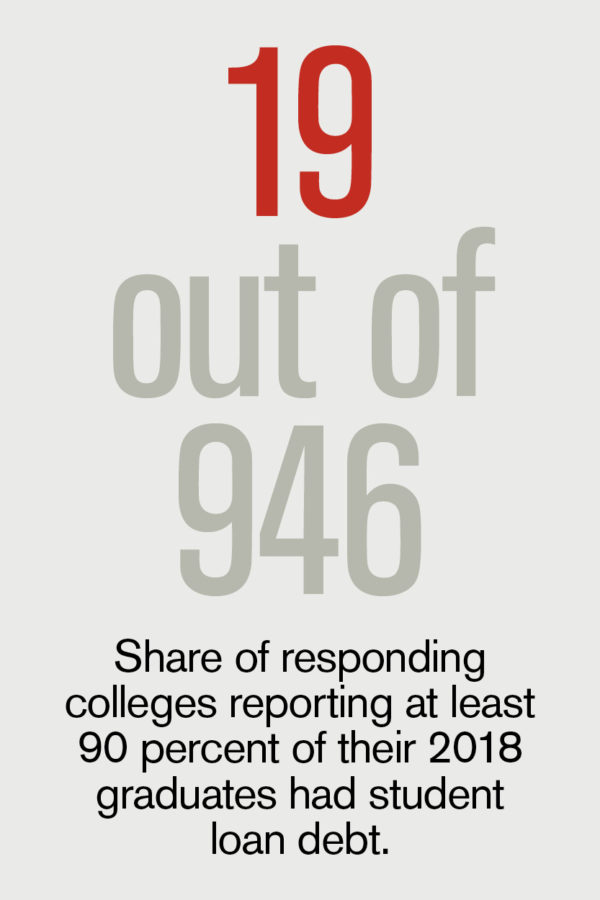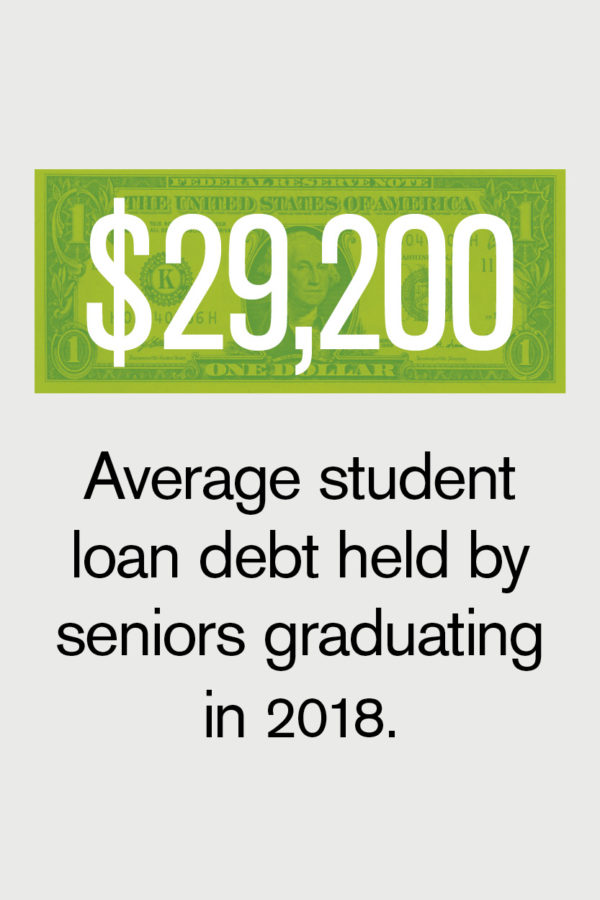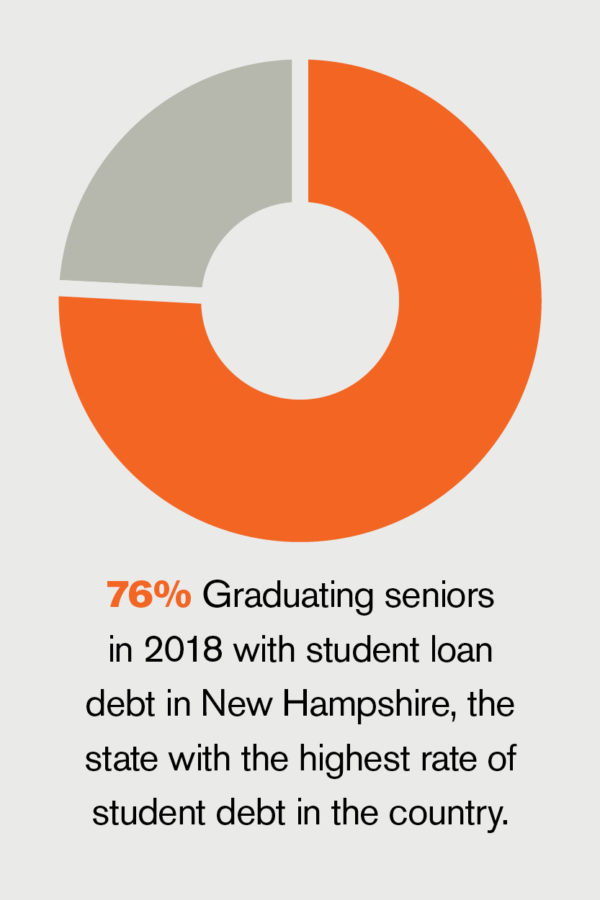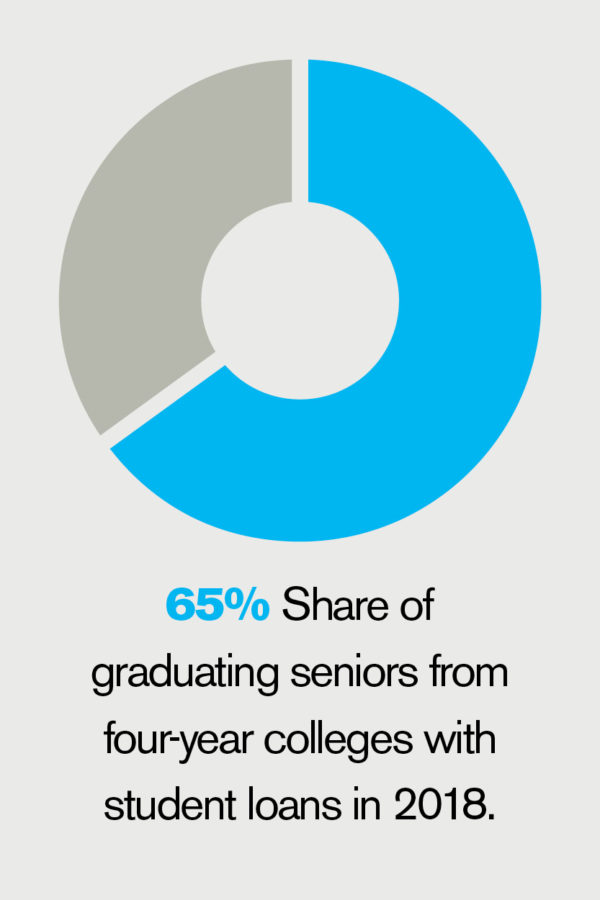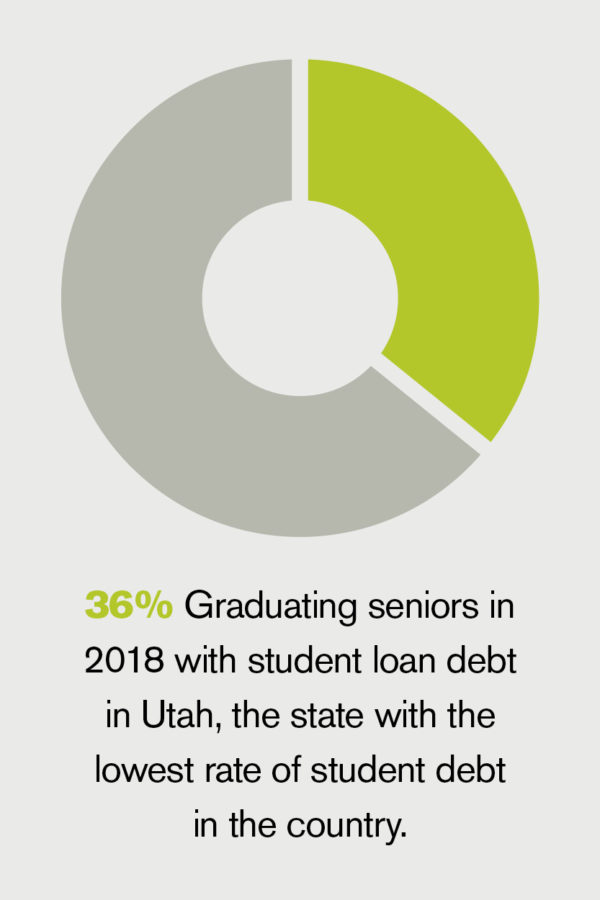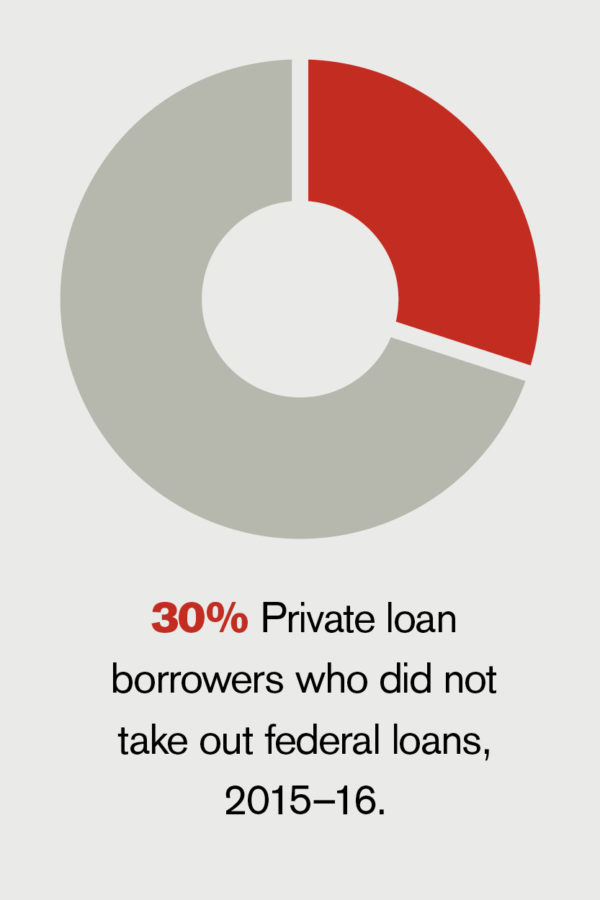In the age of Grubhub, DoorDash, and Uber Eats, the dining program at George Mason University, Fairfax, Va., saw an opportunity to stay relevant while improving the on-campus experience. Students wanted to be able to order food and have it delivered to their dorm rooms—or wherever they were on campus—and campus leaders wanted to reduce in-store crowds, thereby improving customer service.
“Looking into a food-delivery approach, we quickly realized there was no easy way to make it happen. The university couldn’t find enough students to deliver from all the various restaurants and would have had to develop an ordering system,” says Mark Kraner, executive director for campus retail operations. To solve its food-delivery predicament, earlier this year George Mason deployed a fleet of 25 robots,the largest autonomous robot food-delivery service on a university campus in the United States.
The robots are designed and manufactured by Starship Technologies and provided to the university through a partnership with Sodexo. While the university did not invest directly in the robots, it did provide 1,000 square feet for a workshop for Sodexo to monitor, repair, and store them.The robots both take orders and make deliveries, simplifying the process of purchasing food and dining anywhere on campus. Students and teachers use an app to place their orders, which are then delivered in about 30 minutes—15 minutes to prepare and 15 minutes to deliver, Kraner explains, and each on-demand delivery costs $1.99.
Multiple cameras are mounted on the robots and are always recording, and the robots also have two-way audio to communicate with people they encounter en route. Each robot is able to carry up to 20 pounds, which is about the weight of three grocery bags, says Jeff McKinley, the George Mason dining team’s district manager.
The robots drive on their own and can navigate environmental hurdles like curbs and rain and snow, but human workers are still essential to their success. The robots are monitored by humans who can take control at any time. Since deploying the robot fleet, George Mason has increased the number of on-campus jobs for students, hiring, in partnership with Sodexo, 20 new student employees, known as “robot runners,” to work in various locations across campus.
Another benefit to students is that, because the Starship delivery service also works in conjunction with student meal plans, students can charge their meals to their plans and avoid leaving their study groups or social gatherings to eat dinner. “Our robot delivery program is a savings to our students’ time,” McKinley says. “This program has helped give the average student back their time to study, as their food is delivered right to them. We’re continually looking for ways to meet the expectations of today’s tech-savvy, on-the-go students and help improve the overall quality of life for everyone on campus.”
With a successful food delivery launch, George Mason is already looking to expand its use of robots. Kraner says university leaders are looking at grocery delivery, book and clothing sales, as well as mail delivery, especially for packages.
More on Robots
Read “Robots Welcome” to find out how the University of Texas System is embracing automation, freeing employees from the tactical so they can seize the strategic.
NANCY MANN JACKSON, Huntsville, Ala., covers higher education business issues for Business Officer.
Water security and responsible water use are always high on the policymaking agenda in Arizona, says Bradley Kendrex, vice president of administration and finance at Chandler-Gilbert Community College (CGCC), Chandler—a suburb of the urban desert biome of Phoenix. Concern about these issues is exacerbated by a long-duration drought impacting much of the state—and much of the Southwest—for nearly 19 years. (Read also “Water Resourceful” in the May 2019 issue of Business Officer magazine.)
In 2009, the city of Chandler took proactive measures as part of a forward-thinking water management plan to build the infrastructure for distributing reclaimed water. CGCC was among the first to connect to the city’s system, initially testing it as a means for landscape irrigation. Over the course of several years, the college has switched 100 percent of its irrigation needs to reclaimed water and also converted large parcels of its campus to natural desert landscaping.
Keeping cool. CGCC also pushed to transition the campus chilled-water air conditioning infrastructure to reclaimed water. In the span of roughly 10 years, the college has converted 90 percent of its total water consumption to reclaimed water, relying on the municipal potable water supply for only 10 percent of campus needs.
The switch is not only good for repurposing precious water resources but also good for CGCC’s bottom line, explains Kendrex. “Whereas reclaimed water costs the college roughly 66 cents per thousand gallons of water, potable water costs many times that.” For calendar year 2018, those savings trans-lated into shaving $169,000 off CGCC’s annual water bill, notes Kendrex.
Legislating conservation. Conserving every drop will also help the state mitigate the potential of future catastrophic water shortfalls. This past January, Arizona’s governor signed the three-state Drought Contingency Plan passed by Arizona lawmakers that aims to protect water levels in Lake Mead through an agreement with California and Nevada to limit withdrawals. The governor also signed an executive order creating a water conservation council tasked with recommending ideas for reducing the state’s use of water across the board.
“For an institution as large as ours—serving 19,000-plus students—so much of our future will rely on good water policy and infrastructure,” says Kendrex. That requires good partnerships with your city leaders and state legislature and a commitment to seeking responsible solutions together, adds Kendrex. “From a risk management standpoint, this entails review of what is driving current costs so you can think through solutions even before those might be viable. Then, once opportunities become available, you can move quickly.”
Making sustainability central to mission. All these actions likewise give voice to CGCC’s mission of preparing students who can lead their communities into a promising, sustainable future, notes Kendrex. In 2016, college discussions that focused on values in this space, combined with risk management conversations associated with climate and resources, led the college to revise its vision, values, and strategic plan document. “While sustainability was always in there, it is now front and center as part of what we are doing to move into a sustainable future,” says Kendrex.
KARLA HIGNITE, Fort Walton Beach, Fla., is a contributing editor for Business Officer.
By 2022, businesses will require a proactive and inventive workplace strategy to help the 54 percent of the workforce who will require upskilling or reskilling.
—The Future of Jobs Report 2018
Fast Fact
Helping Veterans Make Their Next Move
During the next three to five years, Brown University, Providence, R.I., is aiming to more than double the number of U.S. military veterans enrolled in its undergraduate programs. To achieve this goal, Brown will extend its need-blind admission policies to include prospective students who have served in the U.S. armed forces; increase financial support for veterans; make standardized test scores for admission optional for veterans; and strengthen recruiting through a new partnership with Service to School, a nonprofit organization that helps military veterans seeking college admission.
Declining International Enrollment
A recent report released by NAFSA: Association of International Educators highlights some of the reasons why the number of international students studying at U.S. colleges and universities has been declining and the subsequent economic consequences. The study, Losing Talent: An Economic and Foreign Policy Risk America Can’t Ignore, notes that, while last year international students contributed $39 billion to the economy, the 10 percent enrollment decrease within the last two years has cost the U.S. economy an estimated $5.5 billion and more than 40,000 jobs.
![]()
By The Numbers
Most Graduating Seniors Borrowed in 2018
In September 2019, The Institute for College Access and Success published Student Debt and the Class of 2018, its 14th annual study on the student loan debt of recent graduates from four-year colleges. The report’s authors primarily examine changes and trends in student borrowing across different states and types of institutions, as illustrated by the graduating class of 2018. This report also analyzes data from the 2015–16 National Postsecondary Student Aid Study, a nationally representative federal study on student debt that the Department of Education publishes every four years.
Source: Student Debt and the Class of 2018, TICAS, September 2019, https://ticas.org/wp-content/uploads/2019/09/classof2018.pdf.



